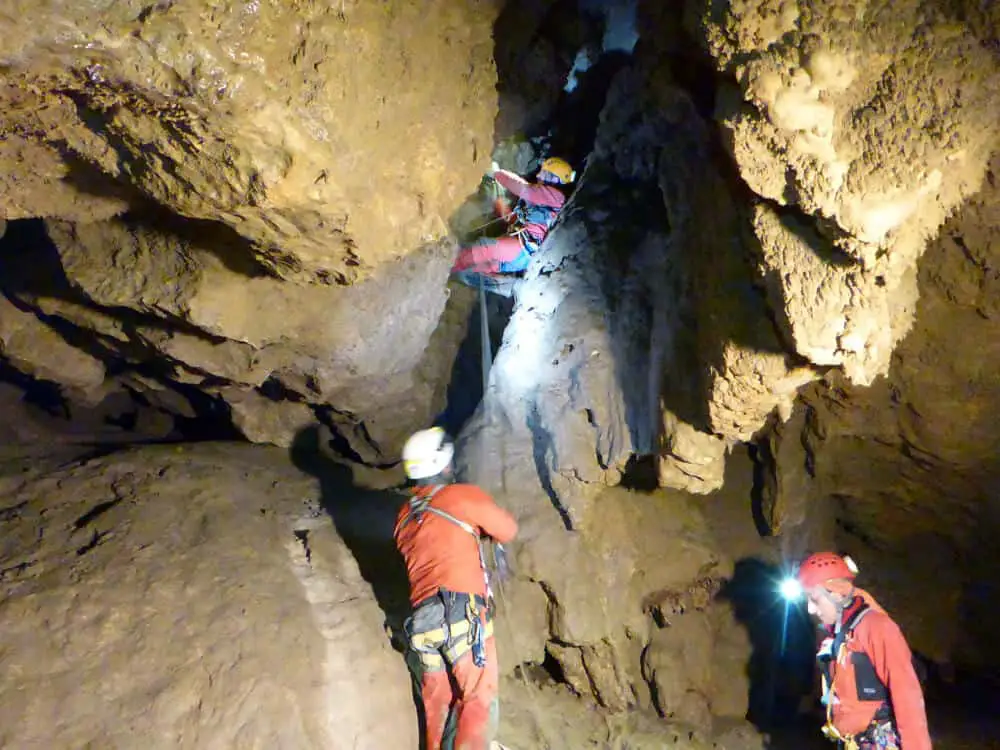tdobson
Active member
I'm trying to settle a debate with data, and science (rather than gut feel and anecdotes).
Which of Mountain Biking and Caving is objectively more dangerous?
This is clearly likely to be a biased forum, and I'm really keen for replies to be backed up with data rather than anecdotes.
I realise the question involves ambiguity - this is somewhat deliberate - I suspect a definitive "answer" will not be forthcoming, but with people filling in the gaps, we may get some good pointers.
Which of Mountain Biking and Caving is objectively more dangerous?
This is clearly likely to be a biased forum, and I'm really keen for replies to be backed up with data rather than anecdotes.
I realise the question involves ambiguity - this is somewhat deliberate - I suspect a definitive "answer" will not be forthcoming, but with people filling in the gaps, we may get some good pointers.







